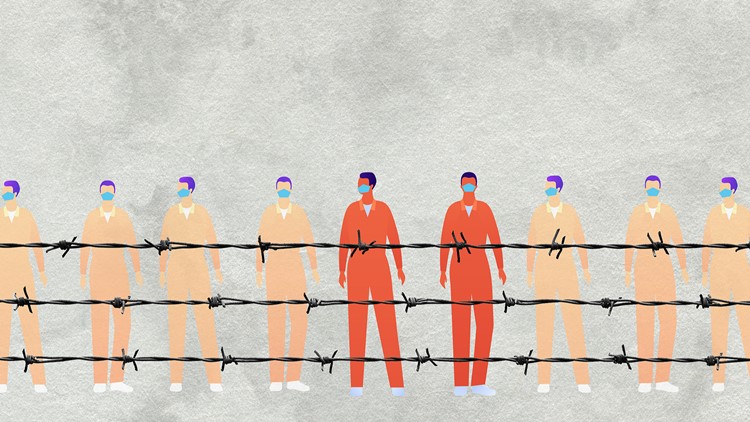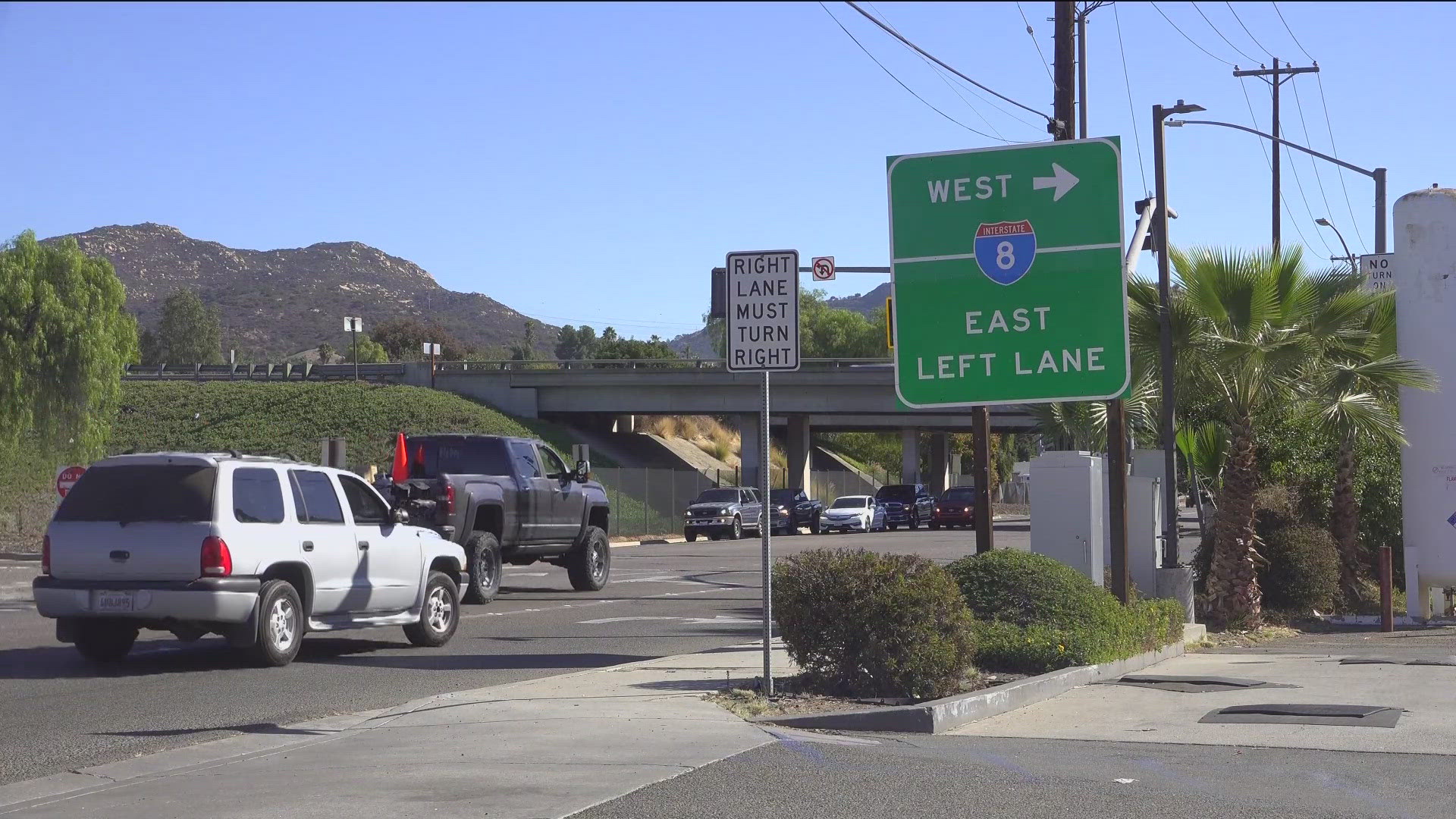CALIFORNIA, USA — This story was originally published by CalMatters.
COVID-19 cases among California’s incarcerated youth have tripled since last week, and at least one youth recently was admitted to a community hospital after experiencing serious symptoms, according to an internal agency email obtained by CalMatters.
While the California Department of Corrections and Rehabilitation consistently tracks and routinely releases data on COVID-19 inside adult prisons, the same detailed disclosures are not made for those in the juvenile prison population.
“Due to state and federal medical privacy laws, we cannot discuss youth cases at specific facilities,” wrote Vicky Waters, a spokesperson for the California Department of Corrections and Rehabilitation, in an email response to CalMatters.
Under an unfolding plan to remake the juvenile justice system, the state is down to three youth facilities and one camp that house about 650 individuals from 12 to 25.
About 20% of youth in these state-run institutions have COVID, according to recent numbers from the Division of Juvenile Justice. About half of the state’s incarcerated youth have tested positive since June 2020, the data show.
“The increase in cases is concerning, but we want our families and stakeholders to know that the situation is being monitored closely,” Waters wrote.
State officials would not disclose details about the hospitalized individual, who was mentioned in an email from Corrections staff. But Waters said the majority of youth who tested positive are experiencing minor symptoms.
Although state juvenile institutions provide few details of COVID-19 outbreaks, many county-run juvenile detention centers submit facility-level weekly reports to the Board of State and Community Corrections. Those reports track where outbreaks are occurring and the testing results.
Other states like Florida, Texas, New Jersey and Maryland also release detailed COVID information about juvenile facilities.
California’s juvenile justice division does track staff COVID cases and agency-wide vaccination data. As of Wednesday, 70% of the department’s staff have been fully vaccinated, with some 40 cases considered active. The percentage of vaccinated staff is the same in California’s adult prison system.
The prison guards’ union, which includes juvenile and adult prison staff, has resisted mandatory vaccines and taken its case to court with the support of Gov. Gavin Newsom. The Newsom administration is appealing a September 2021 court ruling that required that all prison guards be vaccinated, while also ushering in vaccine requirements for health care workers, students attending in-person classes and school staff.
A hearing on the prison guard mandate is scheduled for March.
Since June 2020, several outbreaks inside juvenile facilities have disrupted family visits, staffing, and also limited access to programming and school, according to a November 2021 study by the Center on Juvenile and Criminal Justice.
While COVID prompted the early release of thousands of adult prisoners, beginning in 2020, the state’s program did not extend to youth.
Last month, as cases inside juvenile facilities, began rising, 60 organizations signed a letter to Newsom asking him to release some youth and report facility-level data, among other actions. A year earlier, in December 2020, 13 lawmakers sent a letter to Newsom with many of the same requests.
The governor’s office declined to answer questions about any early releases for juvenile offenders, referring CalMatters to the Department of Corrections and Rehabilitation.
“Right now, we’re in the midst of the worst outbreak that (the juvenile division) has ever experienced,” said Maureen Washburn, senior policy manager for the Center on Juvenile and Crime Justice, to CalMatters. “I think it’s been a series of failures on top of failures. It’s devastating, but it’s not surprising that COVID cases started to rise again this winter.”
The state juvenile justice facilities house young people who have committed serious crimes, such as murder, robbery and assault. The residents’ average age is 19; Hispanic and Black youth make up about 88 percent of those incarcerated, according to agency data.
Until 1991, the state operated 15 youth facilities and 10 camps and, by 1996, the population had grown to more than 10,000. Formerly known as the California Youth Authority, the agency has been renamed the Division of Juvenile Justice and is down to three youth facilities: two in Stockton, one in Camarillo, and a fire camp in Pine Grove.
The decline in juvenile felony arrests, reports of abuse and a highly publicized lawsuit, had given way to a seismic shift in how Californians and politicians viewed the agency and its facilities.
By 2020, with the stroke of his pen, Newsom created a timetable for when the remaining four juvenile facilities would close and youth would be shifted to their home counties.
The Division of Juvenile Justice stopped admitting new youth on July 1, 2021, with a few exceptions. The facilities are slated to shut down by June 30, 2023.



